|
After consultation with our partner, Temple University, we have jointly decided to postpone the 17th Annual Global Business Conference from October 22, 2020 to Thursday, March 25, 2021. The event will take place in the same location as previously scheduled, Temple University's Alter Hall. This was not an easy decision to make. Although we have successfully transitioned to virtual programming, we understand that attendees value and prefer the interaction of a “live” event. We are delighted that the majority of our speakers have already confirmed for next year. "Thriving with Change" is not only the title of our Conference, but the perfect way to summarize how the Greater Philadelphia business community has responded to the events of the past few months. In March of next year, our city, our nation, and the world should be in a better place, and hopefully with considerable good news and progress to report. We look forward to seeing you March 25, 2021. Become a Sponsor for the XVII GBC here. All Sponsors and attendees have been notified. Please contact Susan MacDonald if you have not already done so to discuss your options.
0 Comments
Music Director Yannick Nézet-Séguin and The Philadelphia Orchestra will connect with audiences at home and around the world through HearNOW: An At-Home Gala on June 20, 2020, at 8 PM ET.
Hosted by Nézet-Séguin, the hour-long event will feature performances by The Philadelphia Orchestra, individual members of the Orchestra, and an all-star lineup of guest artists including Wynton Marsalis, Steve Martin, Nicola Benedetti, Lang Lang, and more. Attendees will hear Valerie Coleman’s Seven O’Clock Shout, commissioned for musicians performing and recording during social distancing, and honoring frontline workers. The At-Home Gala is free and accessible to all who wish to join us on this special evening. It is made possible by our community of supporters who believe in the power of live music to create hope and joy. Join our donor family by making a gift to The Philadelphia Orchestra in support of this concert! Learn more here! By Graziella DiNuzzo Over the years, we’ve heard the horror stories of housing construction material falling apart or children’s toys manufactured with toxic chemicals. Don’t these products have standards?
Dr. Charles Dudley, a scientist responsible for procuring the paint, steel and oil for the Pennsylvania Railroad is credited for creating the original movement to ensure that raw materials adhere to specific material specifications. In 1878 Dudley published a report entitled, “The Chemical Composition and Physical Properties of Steel Rails,” which concluded that a formula using mild steel produced a longer-lasting rail than hard steel. Since Dudley wielded purchasing power, his suppliers agreed to change a formula to meet his standards. “A good specification needs both the knowledge of the product’s behavior during manufacture and knowledge of those who know its behavior while in service,” Dudley said in defending the need for open dialog between buyers and suppliers – and ultimately the formation of the International Association for Testing Materials (IATM). In 1898, seventy members of the IATM met in Philadelphia to form the American section of the IATM, dedicated to “the development and unification of standard methods of testing; the examination of technically important properties of materials of construction and other materials of practical value, and also to the perfection of apparatus used for this purpose.” Today ASTM International has 262 staff located around the globe who support the development and delivery of ASTM’s 12,500 voluntary, consensus standards, and related services. Ms. Cendrowska explains, “ASTM International standards serve 90 industry sectors from petroleum, construction products and consumer products, to the environment, medical devices and new technologies such as additive manufacturing and unmanned aircraft systems (drones). Because standards are an effective way to transfer technology to the marketplace, support health and safety, underpin regulation and enable trade there’s a regular need for updated and new standards that are responsive.” So how does it work? ASTM has over 30,000 volunteer members from 150 countries who come together, and through science and engineering, work to define best performance in manufacturing and materials, products and processes, systems and services. Through technical committees, businesses, governments, and individuals collaborate openly to ensure the standards combine market relevance with the highest technical quality. Discussions can become very technical in the committees and subcommittees responsible for drafting the standards. For example, in a paper published for the airline industry, ASTM laid out a standard, which of course aircraft experts understand, “F34.06 standards include the following…… A specification for phenolic raw materials for use in bearing cages (F2953) covers basic characteristics for porous laminated phenolic materials intended for use as instrument and thin-section ….”
The team also “provides training and technical assistance through virtual and on-site programs, and identifying and engaging public and private sector partners, both domestically and internationally, to collaborate with ASTM in supporting the uptake of US-based international standards, codes and regulatory practices.”
With the help of technology, ASTM International has been able to respond to market needs and requirements – even during the COVID-19 pandemic. Like almost every organization around the globe, “we’ve moved to a full on-line process. Our members have embraced the tools and continue to develop the standards that industry and the public sector need and use. Related services such as proficiency testing and training have also moved to a virtual environment.” The World Trade Organization endorses the use of international standards as defined by six principles: openness, transparency, impartiality and consensus, relevance, coherence, and development dimension, rather than by a standard’s label. “This modern definition of international standards is included in the standards chapter of the US Mexico Canada Trade Agreement . ,The more inclusive definition of international standards replaces the limiting text that had been part of the NAFTA,. It offers industry more options when deciding which standards to use. The change is beneficial for trade and commerce and ASTM.” says Ms. Cendrowska. ASTM International has also been able to encourage the use of its standards in niche markets where manufacturers, operators and owners are able to meet regulations, “for example unmanned aircraft systems (drones), where other standards don’t exist, regulators around the world, such as EASA, FAA, TCCA, IATA are calling out one set of standards - the ASTM standards. This consistency in cited standards is economical and efficient and helps designers, manufacturers, operators and regulators.” Ms. Cendrowska reminds me that ASTM International standards are voluntary and aren’t mandatory unless cited in a law or called out in a contract, “Users of the ASTM mark or logo can opt to meet ASTM standards and self-represent that their products or services comply with specific ASTM standards. The users may self-confirm or independently confirm compliance with the standard. ASTM does not endorse, approve, sponsor or certify compliance - unless the user is a participant in ASTM’s certification program operated through its affiliate SEI.” These four letters A S T M have been giving the world’s consumers peace of mind; you may want to look for them on your next product purchase. GIC's next Executive Briefing will include speakers Megan E. Greene, of the Harvard Kennedy School, and Philipp Carlsson-Szlezak, of BCG, discussing the economic response and perspective of the pandemic. Attendees will gain context and perspective regarding the economic response to the pandemic, as well as the predicted recovery, and what the economy will look like post-COVID-19.
Register for Thursday, June 4 here. By Graziella DiNuzzo
Annie created an official division – Annie Medical PPE But it wasn’t easy. Steven Miller, Executive Director of Sales and Operations explained the challenging process, “There were countless obstacles that we faced through the whole process. COVID-19 really showcased how unprepared the world is when it comes to each country being able to sustain itself with essential products.”
Testing to meet National Institute for Occupational Safety and Health (NIOSH) Standards “We had to start the long process and invest 10s of thousands of dollars to have our products tested at Nelson Labs, a globally recognized lab. Many of our products have FDA, CE and ISO certifications among others but we quickly learned that many doctors and insurance companies require NIOSH certification, formed by the CDC. When the world is in crisis and needs immediate PPE there should be a process to streamline this testing. In the meantime doctors, nurses and other healthcare workers had to resort to not wearing PPE, wearing the same PPE or wearing a homemade PPE, while we have medical and surgical grade PPE’s ready and willing to donate and/or sell. Obtaining KN95 Approval in USA “The standard in the US is the N95 mask. The N95 is made in America, the KN95 is made in China and the KF94 is made in Korea. These three masks are the most common and widely used medical grade masks in the world. Because N95 masks were not readily available in America the last two options were the KF94 and KN95. Fortunately China still allowed KN95 masks and surgical masks to be exported to other countries, and they soon were allowed in America. Japan, Australia, Mexico, UK, Europe and America all started immediately getting supplies from China as there was/is no other source.”
Customs Delays “Shipments were being held in customs for long lengths of times due to the extreme high volume of PPE and because of changing regulations.” Missing Product from Shipment “When dealing with a healthcare system, national chain store, major distributor or union this shortage can be dealt with. When dealing with a government contract this shortage is an issue when you come up short.” High Demand, High Freight Costs, Not enough Planes “Standard air freight went from around $2/KG up to $26/KG. This is outrageous. The main freight carriers such as DHL, UPS and FedEx would only accept shipments up to a certain weight. Large shipments had to rely on airlines, which either stopped flying into and/or carrying freight from China. As the airlines dropped off one by one over the weeks companies were fighting for space on planes, driving up cost. At one point Amazon, being the largest airline customers, took all of the flights out of China for 1-3 weeks while our product sat waiting.” Cash Up Front “Ten to twenty year relationships with factories didn’t matter. If you have/had terms with a factory those terms were not applicable when it came to PPE. The global supply chain for PPE’s became and still is cash based market. You must wire 50% of the cash at time of placing a PO and then the remaining 50% at completion of production before shipment. Some factories were requiring 100% upfront before production. Large National Retailers, Governments and militaries from countries all around the world, and major medical systems are and were not prepared.
“We have been providing the Mexican Government in Mexico City with millions of masks per shipment to support their healthcare system due to COVID-19. The Mexican Government had to also meet the new “playing rules” and wire the money in advance before receiving the product. When the product arrived police and military escort then took it to the social security procurement. We have done this with many countries such as Jamaica, Dominican Republic, South Africa, UK, and France.”
“We have always been in the business of PPE products, just not to the level of what the country and world needs now,” Miller emphasized. And while Miller calls the global PPE market “the wild wild west,” he admits the challenges are worth it to save lives. |
Categories
All
Archives
July 2023
|



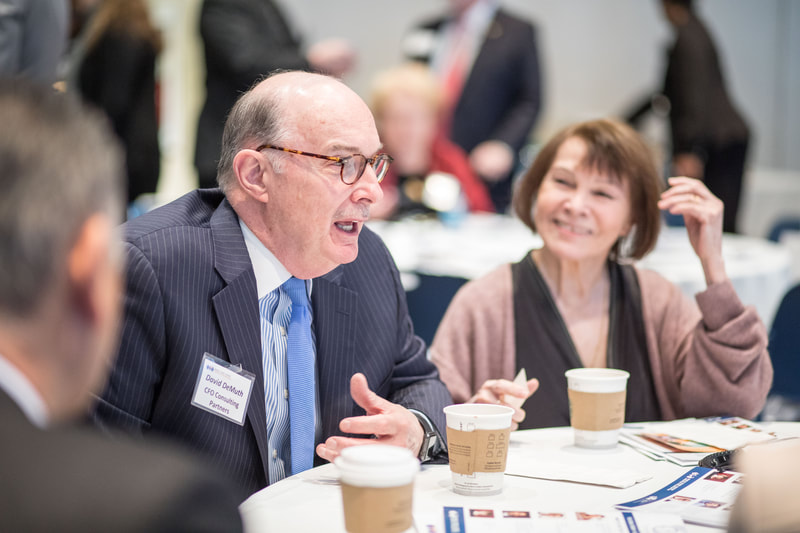
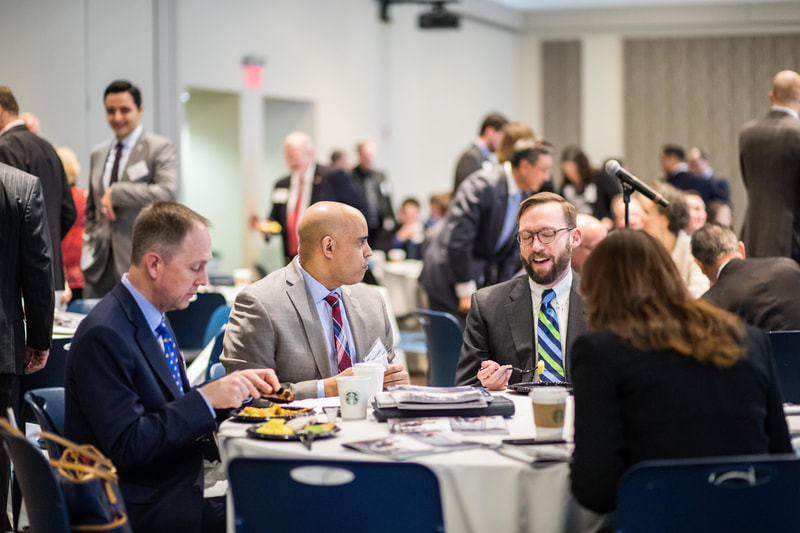

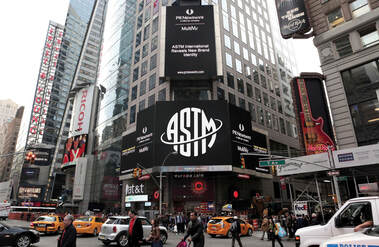

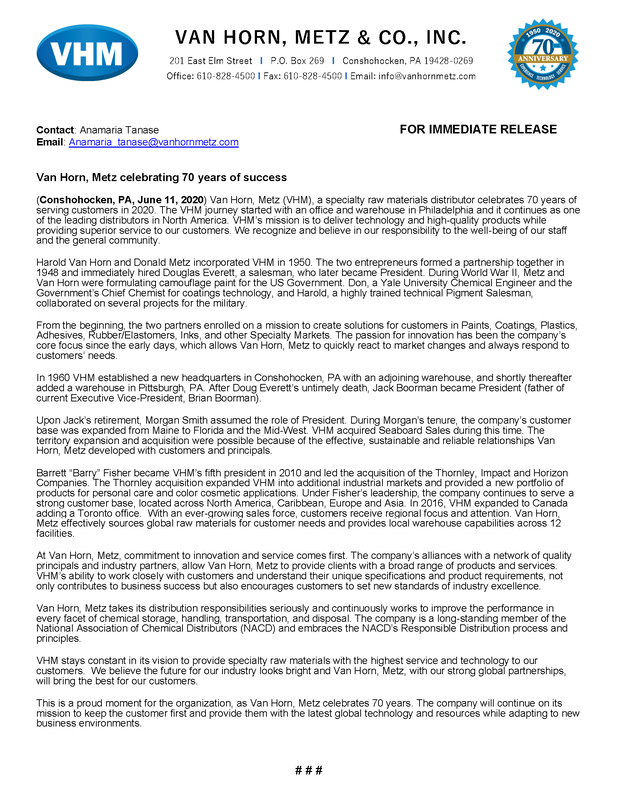
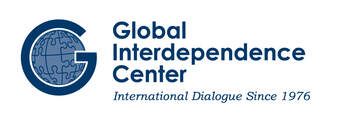




 RSS Feed
RSS Feed